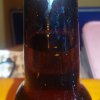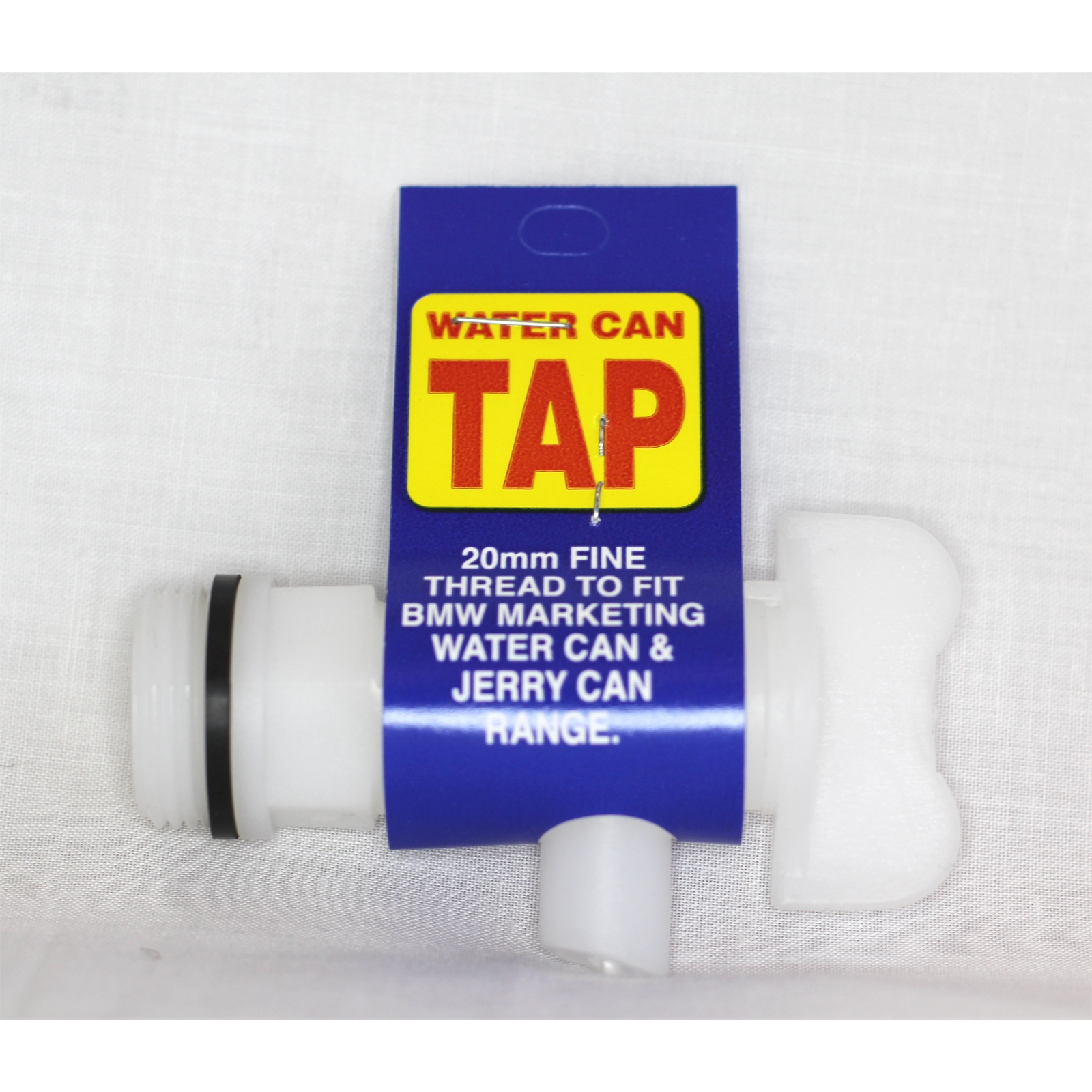- Joined
- Jan 10, 2017
- Messages
- 73
- Reaction score
- 21
- Points
- 8
Hey girls/guys
Just got a quick question I hope it's nothing but I haven't noticed it before in the 16 batches that I have bottled in the last 3 years. A strange foam has formed on the top of some of the bottles but not all of them? Has anyone seen this before, I couldn't find anything, anywhere about this happening to anyone else.


The beer was bottled 2 days ago and is sitting at fermentation temp. of about 21c.
This is the recipe if it matters : http://www.brewersfriend.com/homebrew/recipe/view/432471/lil-sipper
Thanks in advance.
Just got a quick question I hope it's nothing but I haven't noticed it before in the 16 batches that I have bottled in the last 3 years. A strange foam has formed on the top of some of the bottles but not all of them? Has anyone seen this before, I couldn't find anything, anywhere about this happening to anyone else.


The beer was bottled 2 days ago and is sitting at fermentation temp. of about 21c.
This is the recipe if it matters : http://www.brewersfriend.com/homebrew/recipe/view/432471/lil-sipper
Thanks in advance.









